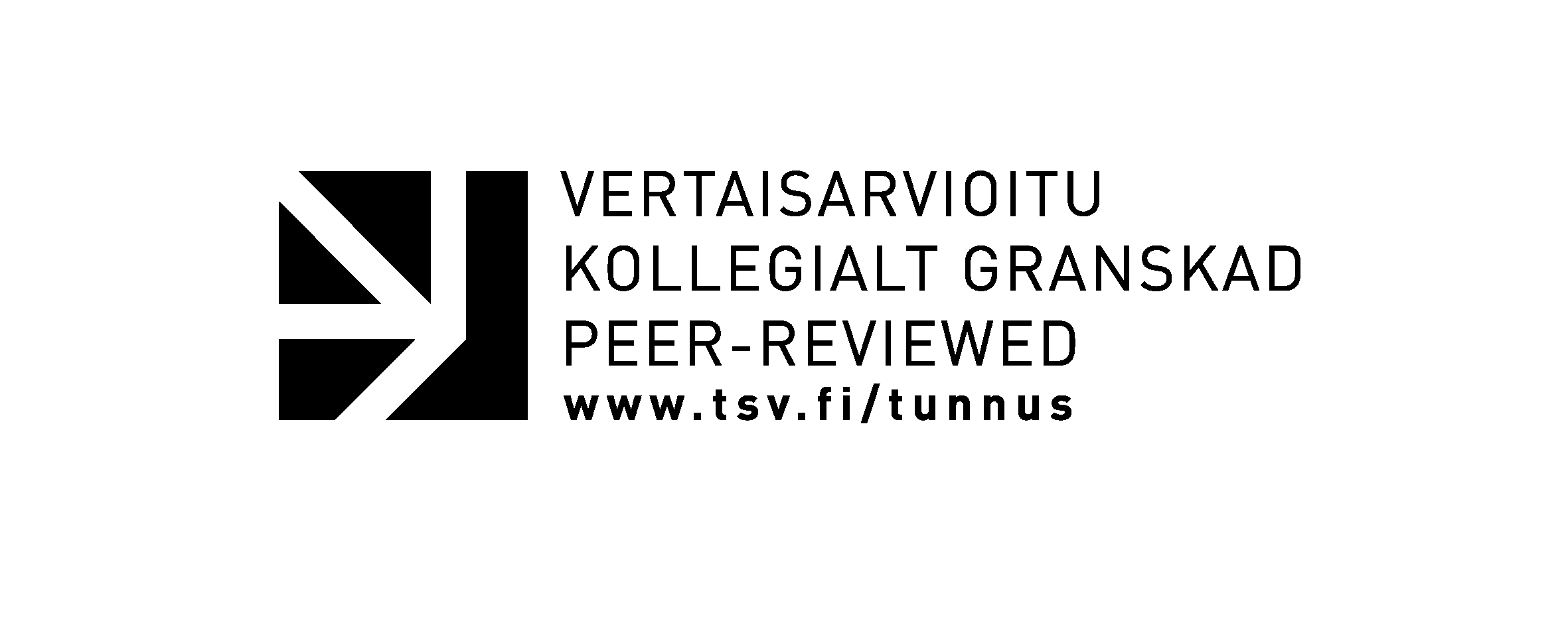''That's How We Are Living" - Between Tradition and Modernity in a Post-Socialist Rural Mari Village in Russia
Avainsanat:
Mari, modernity, gendered spaces, post-soviet transformation, everyday lifeAbstrakti
This article is based on field work, which I have conducted in one rural Mari village since 2002.
The Mari are a Finno-Ugric people, who, because of their living places in the area of the Volga River, belong to the Volga branch of the Finno-Ugrian peoples. Their language is distantly related to, among others, Finnish, Sami, Estonian and Hungarian. ln earlier times, outsiders called the Mari by a different name - Cheremis. However, they refer to themselves as Mari, which literally means 'human being' or 'man', and is the term that has officially been used since the 1920s. Currently, there are 604,000 Mari. Half of them live in Mari El, which is an autonomous republic in the Russian Federation. The Mari there are in the minority (43 %), while the Russians (47 %) comprise the largest ethnic group. The Tatars (6 %) represent the third largest minority group in the republic. While 60 % of the overall population of Mari El is urban, most of the Mari (69 %) live in rural villages.







